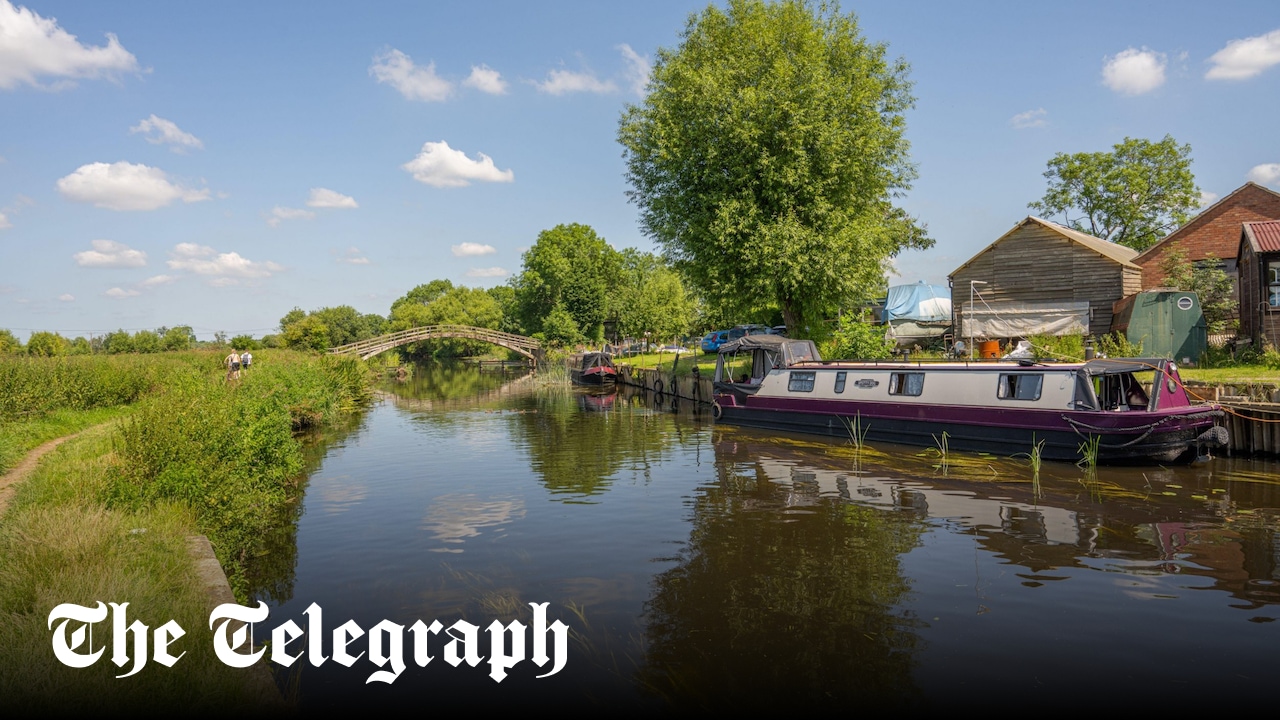Despite barely a breath of wind, there was a flotilla of dinghies doing their best to race and I had to give way to them at the junction of the Soar and Trent. Rolt had the same experience, although when he cruised through this waterways’ crossroads there were also “numerous holiday-makers in minute pedal-driven craft darting hither and thither like so many water-fleas with a joyous abandon that cared nothing for the rules of navigation”. This great watery junction is the centre of canal engineer James Brindley’s Grand Cross, that made it possible for boats to voyage inland between the Humber, Mersey, Thames and Severn; a visionary project that was complete by 1790. I moored at the last space on a pontoon in front of one of two pubs, Trent Lock, busy with day-trippers at outdoor tables.
A canal that ‘chains seas together’
For the next two days a cold wind blew up, making the Trent, over 160ft wide here, choppy and uninviting. Eventually, with my father aboard for the ride, we set off upriver to Sawley lock. The reach above the lock is where Rolt despaired at the sight of “cabin cruisers moored head to stern along the banks, whose grass, bruised and flattened, was bestrewn with an untidy litter of paper bags, empty tins, orange peel and the embers of picnic fires.” He added: “Crews… lolled on decks to the accompaniment of the inevitable gramophone.” Today, the fibreglass cabin cruisers are crammed in even more tightly, moored on finger pontoons.
We cruised under the M1, lorries high enough for drivers to glimpse the narrowboats. We soon reached another watery junction, joining the mouth of the Derwent and “between the converging rivers, the entrance of the Trent & Mersey Canal, England’s first coast-to-coast waterway, and James Brindley’s masterpiece… the central connecting artery of the whole system of inland waterways”. Brindley’s name for it was The Grand Trunk. This canal had, in the words of one historic commentator, “chained seas together”.
Shardlow village, “the eastern terminus of Brindley’s great canal”, impressed Rolt with its warehouses that were “a thing of beauty”. Today, the village still proudly conserves its built heritage and is a popular spot for photographers and painters. One warehouse is now a lock-side pub and restaurant, The Clock Warehouse. Sadly the staff seem ignorant of the building’s history. “Something about boats,” said one. “Lots of people ask.”
